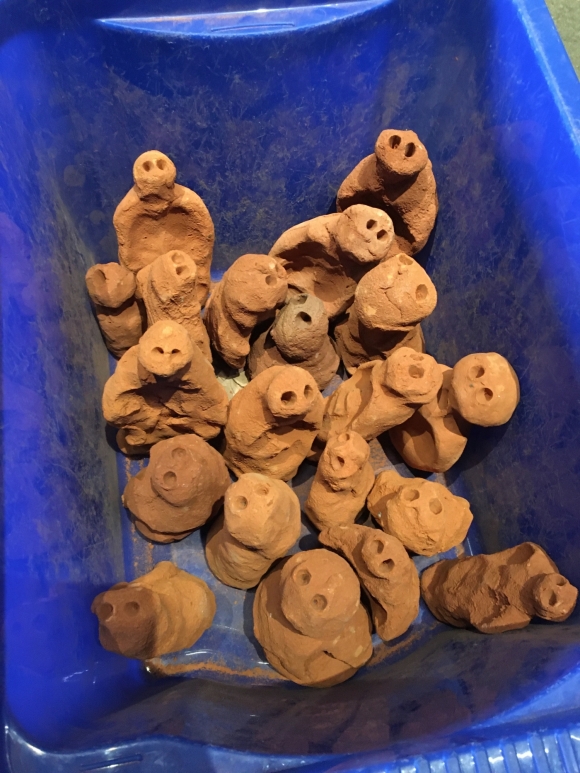Antony Gormley’s Field for the British Isles, 1993, is one of his most celebrated works of art. Consisting of 40,000 individual terracotta figures, it is the largest single artwork in the Arts Council Collection and is currently on display at the Northern Gallery for Contemporary Art at National Glass Centre, the first time Gormley has exhibited in Sunderland.
Antony Gormley is renowned for his distinctive representations of the human form. He has become one of Britain’s best-known artists, creating sculptures, installations and public artworks which explore the body, relationships, space, consciousness and collectivity.
During the late 1980s, Gormley began to delve into his interest in multiple and collaborative pieces, marking a turning point in his practice with a different approach to looking at and making the human form. The first Field was made in 1989 and consisted of 150 figures made by the artist and his studio assistants. Versions of Field were subsequently made in Australia, Mexico, Sweden, Brazil and China. With each iteration Gormley moved away from making small scale versions to larger, more immersive installations such as Asian Field, created in the Guangdong Province of China and comprises over 200,000 figures.

